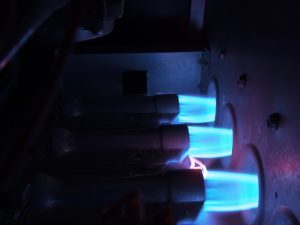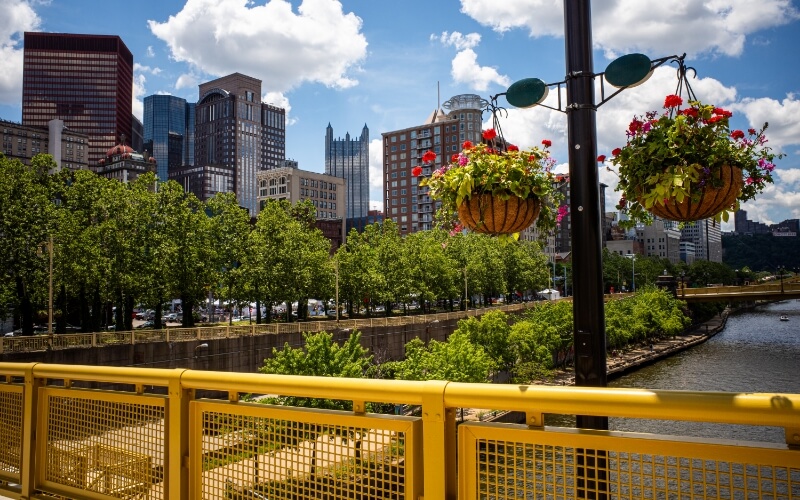 Let’s put it this way—a cracked heat exchanger is not a minor repair need by any means. If you’re using a gas furnace to heat your home this winter, then you need to be aware of the things that can go wrong.
Let’s put it this way—a cracked heat exchanger is not a minor repair need by any means. If you’re using a gas furnace to heat your home this winter, then you need to be aware of the things that can go wrong.
Before we continue, it’s worth mentioning that a gas furnace is not inherently dangerous. But when it’s ignored, ill-maintained, or even aged passed the point of its useful service life (10-15 years, depending on the manufacturer) it can become hazardous.
The same can be said for any gas-powered appliance, as they all have the potential to develop safety issues. While these systems do have a special feature to turn the system off if something malfunctions inside the system, a heat exchanger crack can be subtle and insidious. Read on to learn more!
First, What Is a Heat Exchanger?
This is the component responsible for enabling your furnace to heat up the air that travels through your ventilation system. When the burners of your furnace cycle on, they generate hot combustion gas, which is collected inside the heat exchanger—a metal chamber or series of chambers. This is a clam-shell shaped component whose walls get heated up by the combustion gas.
The blower fan of your furnace then sends air around the heat exchangers, where the air picks up the heat from the furnace wall then continues through your ducts and into your living space. This method allows air through without it ever making contact with the combustion gasses.
One the heating cycle is through, the combustion byproducts in the heat exchanger are vented out of the system through a flue, to release the gasses harmlessly into the outdoor air.
When Heat Exchangers Crack
Since the metal of the heat exchangers expand and contract as they heat and cool, the strain can eventually cause a crack to form along the exchanger at some point. Due to the reaction between the combustion gasses and the metal, corrosion can also weaken the metal until cracks.
These cracks are typically microscopic—essentially invisible to the naked eye. However, as we mentioned above, the metal expands with heat. So this allows any cracks to open just wide enough to let gasses escape into your indoor air. This means you and your family can be exposed to CO (carbon monoxide) which is a tasteless, odorless, and harmful gas.
“How Do I Know If My Heat Exchangers Are Cracked?”
There are a couple of signs you can watch out for. If you hear a clicking noise, for example, coming from your furnace soon after the blower shuts off, it should be investigated by a pro. This can be the metal walls of the heat exchanger contracting back into place and the crack closing.
If you notice visible corrosion anywhere on your furnace, this is also a sign of a problem.
One last sign? If your CO detector goes off, it can definitely be a cracked heat exchanger to blame. You’ll want to give your utility company’s emergency phone number a call, and then our team so we can repair or replace your furnace for you.
Call the friendly staff at Boehmer Heating & Cooling for exceptional customer service and quality furnace repair in Bethel Park, PA!

